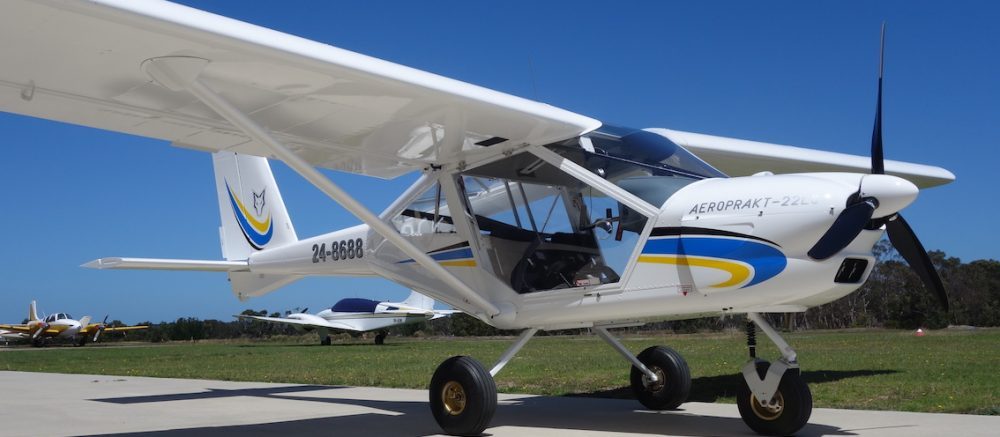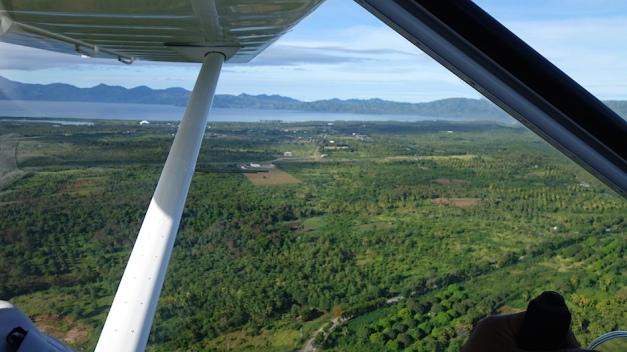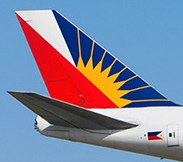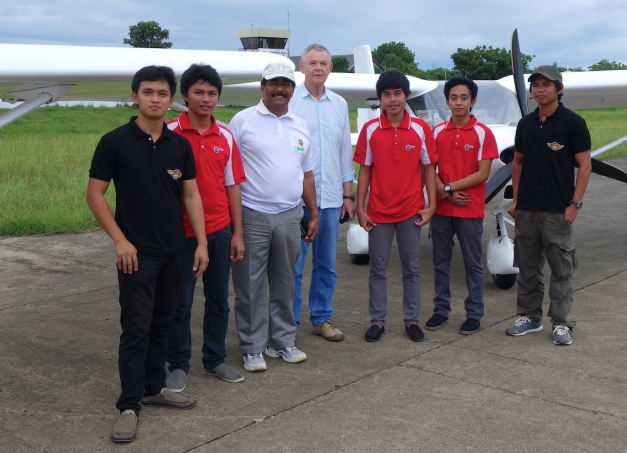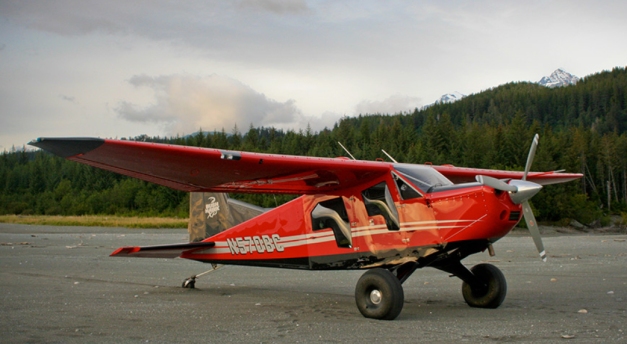 Just lately I have received a rush of emails and alerts from websites and blogs about flying cars – or rather vehicles which might be driven on the ground and flown in the air (but not at the same time).
Just lately I have received a rush of emails and alerts from websites and blogs about flying cars – or rather vehicles which might be driven on the ground and flown in the air (but not at the same time).
In the last 70-75 years, there have been at least 100 designs of vehicles which hope to become the holy grail of the ‘roadable aircraft’. Some have remained (thankfully, looking at them) just very nice drawings and some of them have made it to ‘proof of concept’ or even prototype stage.
But how many have actually made it into production and become available on the market for legal road/air use? The answer is exactly zero, zilch, none, etc etc – not one ‘flying car’ has yet been sold to a member of the public.
And frankly, I’m not surprised. It’s difficult enough to get an aircraft certified (even under LSA/ASTM regulations) without adding the burdens of road suspension, connecting the engine both to the propeller and the wheels, crash and safety regulations, lighting and so on.
Price is another huge barrier. The Terrafugia has recently been advertised at US$280,000 and most analysts reckon this is just not feasible – not for us to pay, but not feasible for the company to manufacture at this price and stay in business. Terrafugia has not yet delivered a vehicle.
One of the most recent (re-)announcements was about the AeroMobil – a project which has been in development in various forms since the very early 1990’s (see picture above). After several versions over the last 25 years, this vehicle is now without doubt one of the more beautiful designs – it looks really gorgeous, both in flight and as a ground vehicle. Although completely impractical – it’s only got two seats and is 6 metres long, the same as a Rolls Royce Phantom, the longest production car I could find. And its price is likely to make the Terrafugia look like a cheap runabout.
On the AeroMobil website is what must be one of the most tongue-in-cheek quotes of all time: ‘Mark my word. A combination of airplane and motorcar is coming. You may smile, but it will come.’ Henry Ford said this in 1940. So in 75 years of incredible technological achievement in both aircraft and road vehicle design, no-one has yet come up with a flying car that is a viable prospect. We’re still smiling, Henry.
Finally, there’s a great article on the Popular Mechanics website which explains – in their opinion – the 7 reasons ‘why we won’t have roadable planes any time soon’.
For the price of a flying car, you could buy both a very good aircraft and a pretty cool car. So what is it that continues to fascinate people about flying cars and tip huge amounts of money into developing a machine which at best is likely to include all the drawbacks of each vehicle type and few if any of the benefits? At best, it must be just the sci-fi idea of walking into your garage and taking to the skies…but otherwise, I’m sure I don’t know – maybe you do?
Until someone invents/discovers anti-gravity it’s just not going to happen. If nothing else, CASA is certain to have a set of regulations ready to ensure you can’t fly your car…and the Office for Road Safety will ensure you can’t drive your plane on the road.
However cool the idea (and recently the looks) of a dual purpose car/plane may be, if pigs had wings…they’d fly.
If you’re interested, here are a few links to some of the more well-known attempts at the flying car: Maverick (in fact a very lightweight car dangling under a powered parachute), Moller SkyCar (you know, the one with a fan at each corner), PAL-V (a sort of odd-looking folding gyrocopter – which is actually more of a motorcycle on the ground), and last but not least, my all-time favourite flying cars in Ridley Scott’s Blade Runner movie.
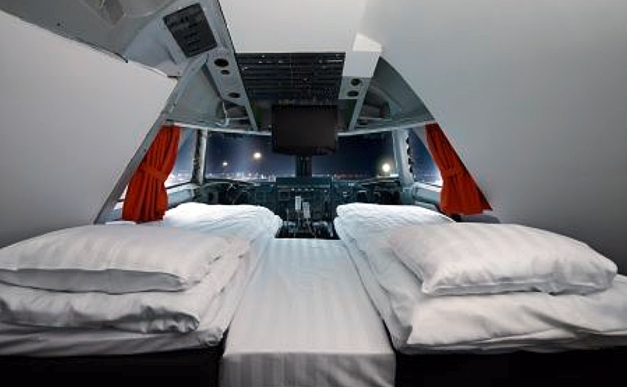 Thinking of visiting Sweden any time soon? Well, for something a bit out of the ordinary, have a look at the Jumbo Stay Hostel at Stockholm’s Arlanda Airport.
Thinking of visiting Sweden any time soon? Well, for something a bit out of the ordinary, have a look at the Jumbo Stay Hostel at Stockholm’s Arlanda Airport. In addition, there’s a Jumbo Lounge and a Jumbo Bar for relaxation. Or you can take the wing-walk if you want to stretch your legs and reflect on the fact that the first ever flight by the Wright Brothers in 1903 was actually shorter than the wingspan of the 747…
In addition, there’s a Jumbo Lounge and a Jumbo Bar for relaxation. Or you can take the wing-walk if you want to stretch your legs and reflect on the fact that the first ever flight by the Wright Brothers in 1903 was actually shorter than the wingspan of the 747…